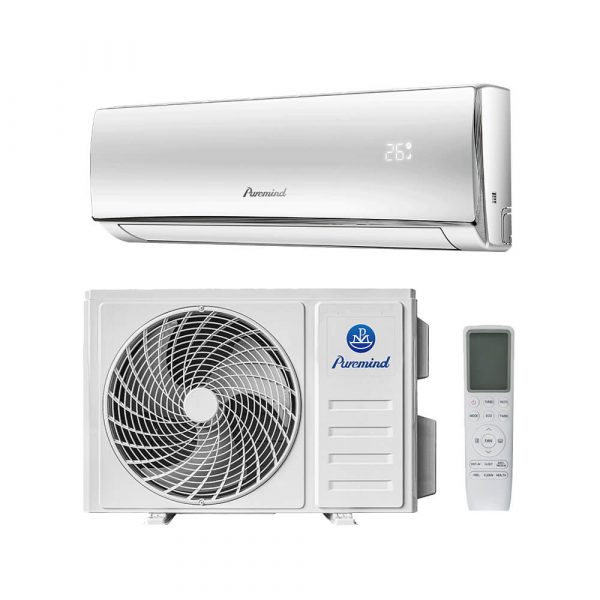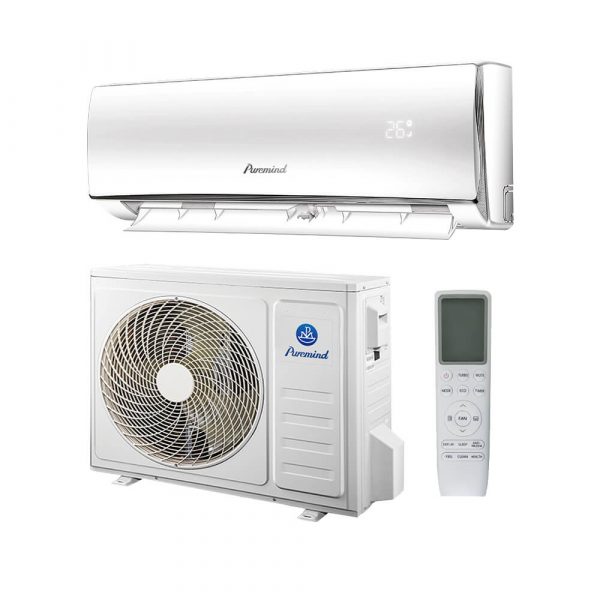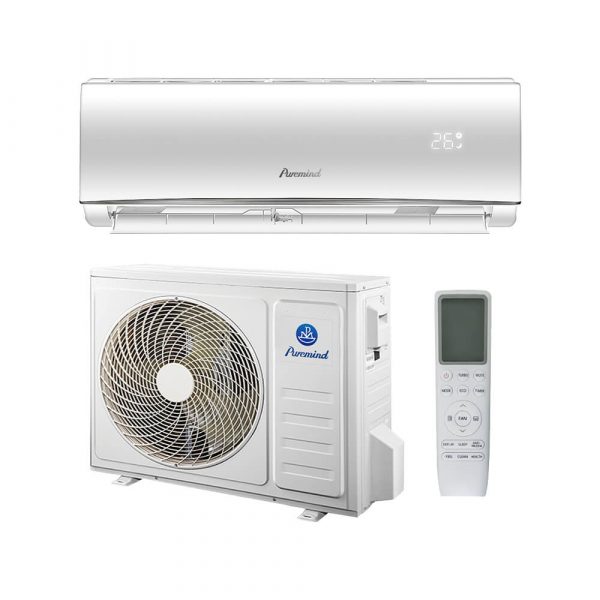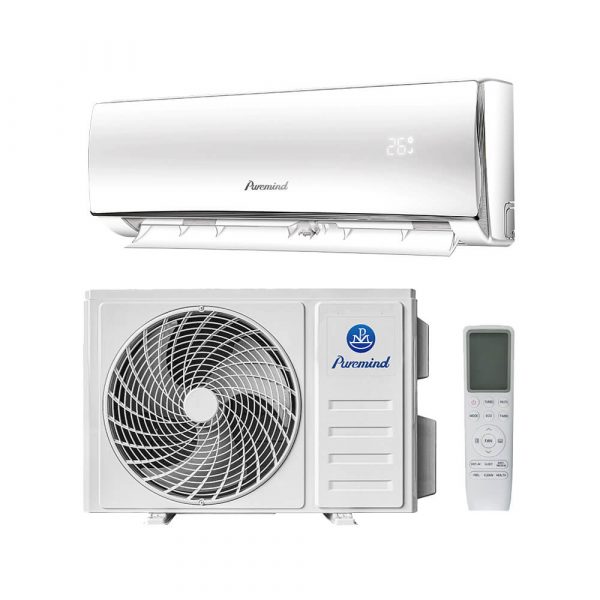Mini Split Air Conditioner Multi Zone: Efficient Comfort for Every Room
When it comes to efficient, customizable home or office climate control, the mini split air conditioner multi zone system is rapidly becoming a top choice. Unlike traditional central HVAC systems that rely on ductwork, multi-zone mini splits provide targeted heating and cooling to individual rooms—offering energy savings, personalized comfort, and installation flexibility. This guide will explore how multi-zone systems work, their advantages, best applications, installation tips, and more.
What Is a Mini Split Multi Zone System?
A multi-zone mini split system uses a single outdoor condenser to power two or more indoor air handlers. Each indoor unit is installed in a specific room or “zone” and can operate independently with its own remote or thermostat. Common configurations include:
- Dual-zone (2 rooms)
- Tri-zone (3 rooms)
- Quad-zone (4 rooms)
- Up to 8 zones in larger residential or commercial setups
This modular approach allows each room to be cooled or heated based on need—without affecting the comfort of other zones.
How Do Multi Zone Mini Splits Work?
Multi-zone systems operate similarly to single-zone ductless systems but with added functionality. Here’s how they work:
- One outdoor condenser connects to multiple indoor units via refrigerant lines and electrical wiring.
- Each indoor unit includes an evaporator and blower to deliver conditioned air.
- Smart controls allow each zone to be operated separately—either by remote, wall thermostat, or Wi-Fi/app.
- The system balances the refrigerant distribution depending on demand from each zone, adjusting compressor output accordingly (inverter technology).
Advantages of a Multi Zone Mini Split System
1. Customized Comfort
Set the bedroom to 70°F, the living room to 72°F, and the guest room off completely—multi-zone systems let everyone enjoy their ideal environment.
2. Energy Efficiency
Why cool rooms you’re not using? With zoning, you reduce energy waste and lower utility bills—especially when paired with high SEER-rated systems.
3. No Ductwork Needed
Perfect for older homes, additions, or buildings without existing ductwork. Multi-zone mini splits require only a small wall opening per zone.
4. Whisper-Quiet Operation
Indoor units typically operate under 40 dB—quieter than a library. The outdoor unit can be placed away from sleeping or living areas.
5. Heating & Cooling in One System
Most multi-zone mini splits are heat pumps that offer both heating and cooling, making them ideal for year-round use.
Best Applications for Multi Zone Systems
Multi-zone mini splits are highly versatile. They’re ideal for:
- Multi-bedroom homes
- Two-story houses with different floor temperatures
- Open-plan homes with bedrooms, offices, or nurseries off the main living space
- Basement and attic conversions
- Home additions or guest suites
- Light commercial spaces (salons, offices, clinics)
Looking for system options? Browse our collection of split air conditioners designed for multi-zone flexibility.
Installation Considerations
Installing a multi-zone mini split requires planning. Here are key factors to discuss with your HVAC contractor:
1. Capacity Matching
The total BTU output of all indoor units must match the outdoor condenser’s capacity. Oversizing or undersizing can lead to performance issues.
2. Line Lengths and Placement
Refrigerant and condensate lines must be routed to each room. Ideal locations depend on access and aesthetics.
3. Wall vs. Ceiling Mount Units
You can choose from wall-mounted, ceiling cassette, ducted, or floor-mounted indoor units to suit your interior layout.
4. Smart Zoning and Controls
Modern systems offer Wi-Fi control, scheduling, and zoning management through a central app.
Cost of Multi Zone Mini Split Systems
Costs vary depending on zone count, capacity, and installation complexity. Here’s a rough estimate:
- 2-zone system: $3,500–$6,500
- 3-zone system: $5,000–$9,000
- 4–5 zones: $7,000–$12,000+
High-efficiency models with inverter compressors and smart controls may cost more initially, but yield better long-term savings on utility bills.
Maintenance and Filter Care
Multi-zone systems are easy to maintain with routine care:
- Clean indoor unit filters every 4–6 weeks
- Inspect outdoor condenser for debris and airflow
- Check condensate drain lines for clogs
- Schedule professional servicing annually to inspect refrigerant levels and system performance
FAQs About Multi Zone Mini Splits
Q: Can I add zones later to my mini split system?
A: Some systems support expansion (e.g., from 2 to 3 zones), but only if the outdoor unit was sized for it. Always plan ahead when designing your system.
Q: Does each zone need its own outdoor unit?
A: No. That’s the advantage of a multi-zone system—a single outdoor condenser can support multiple indoor units.
Q: Are multi-zone mini splits more efficient than central HVAC?
A: Yes, especially in homes where rooms are used intermittently. You avoid duct losses and can control energy use by room.
Q: Do multi-zone systems work in cold climates?
A: Many do. Look for “cold climate” models with heating performance rated down to -5°F or lower.
Conclusion
The mini split air conditioner multi zone system is one of the most flexible and energy-efficient HVAC options available today. Whether you’re retrofitting an older home, building a modern smart house, or simply looking for better comfort control, a multi-zone system can deliver whisper-quiet performance, individualized climate control, and substantial energy savings.
Explore our full line of ductless and multi-zone HVAC solutions by visiting our split air conditioner product catalog.







